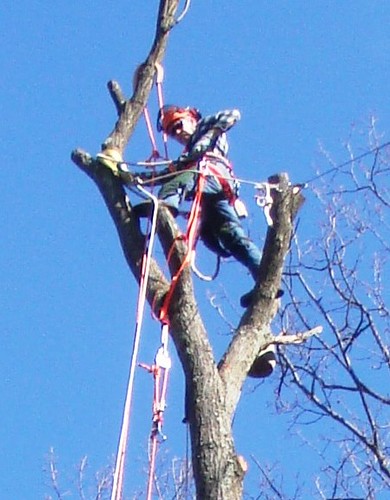TreeW?rx
ArboristSite Member
Ok, I know this may be opening a can of worms, but I am gonna ask it any way.
I am still a new climber, I climb on a blakes hitch and have switched to a split tail instead of chopping 2' off the end of my rope regularly. I am working with both Ice and Bee line. Trying to see which one I like better. I double end climb so I use 2 split tails. I have been reading a little about other friction hitches like the VT, Distel etc. I was wanting advice on which ones to try out and what the pros and cons of each are. I would appreciate any advice that may be had. Thanks
I am still a new climber, I climb on a blakes hitch and have switched to a split tail instead of chopping 2' off the end of my rope regularly. I am working with both Ice and Bee line. Trying to see which one I like better. I double end climb so I use 2 split tails. I have been reading a little about other friction hitches like the VT, Distel etc. I was wanting advice on which ones to try out and what the pros and cons of each are. I would appreciate any advice that may be had. Thanks




































